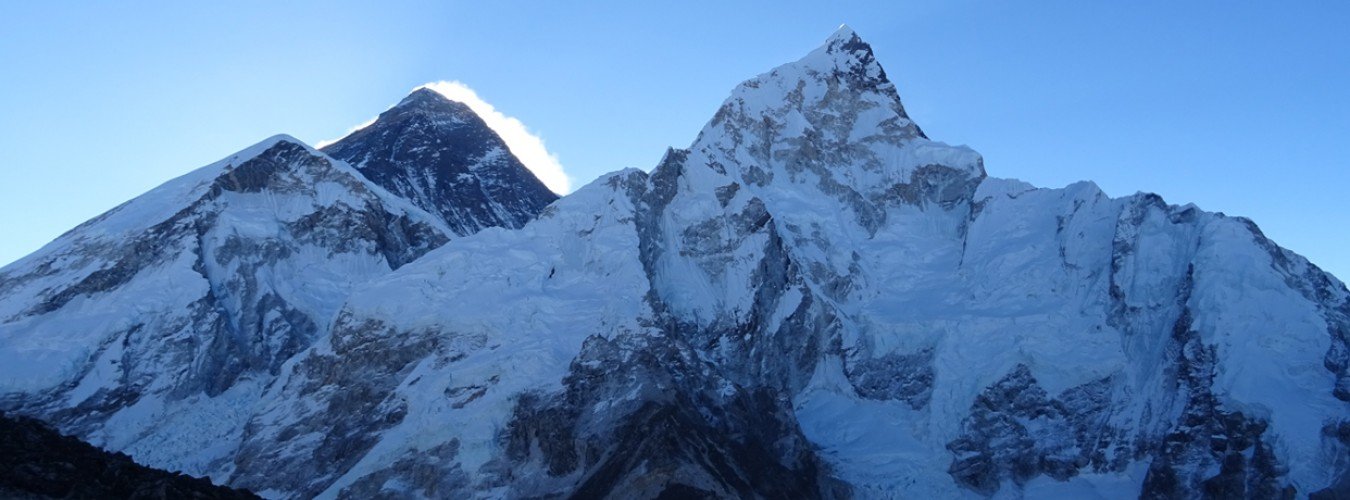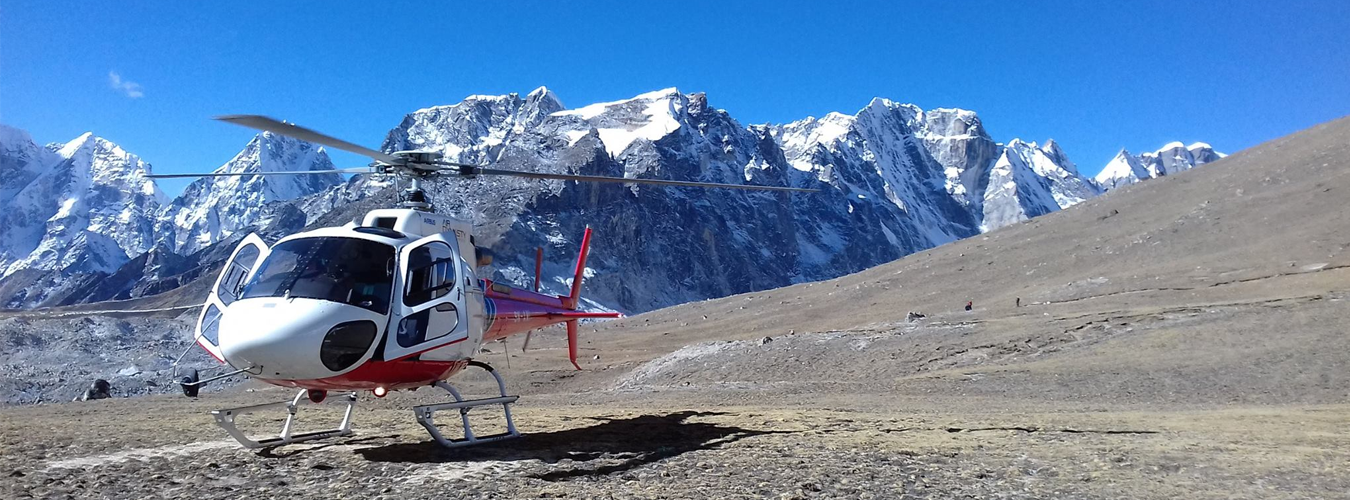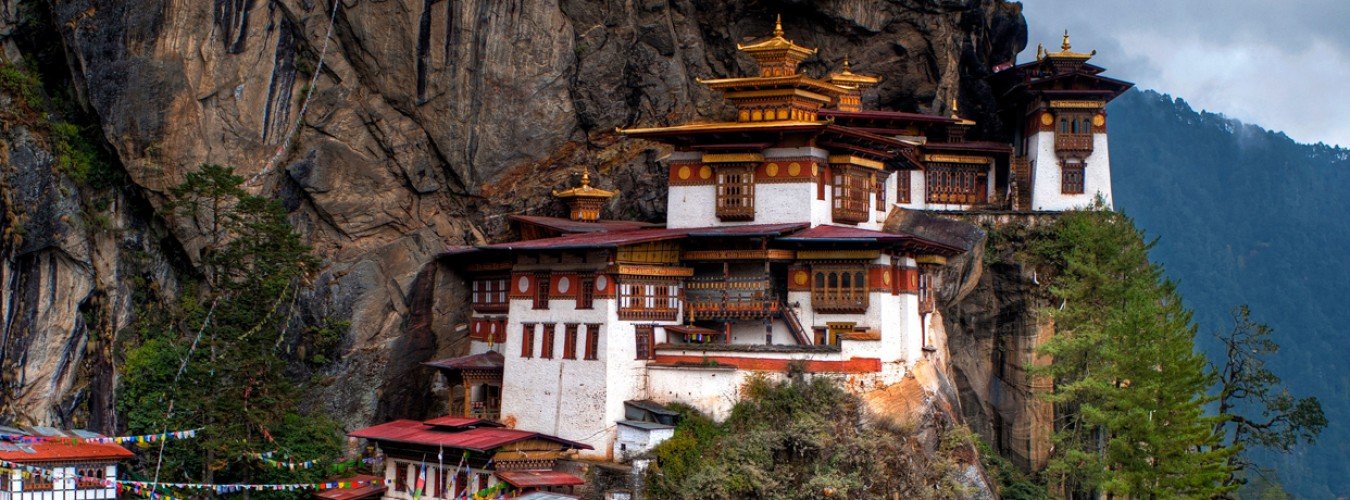1. Normal AMS Symptoms
Following are the normal altitude symptoms that are expected but not to be worried about. Every trekker will experience some or all of these, no matter how slowly they ascend.
➱ Need more sleep than normal (often 10 hour’s o more)
➱ Occasional loss of appetite
➱ Vivid, wild dreams especially at around 2500-3800 meters in altitude
➱ Periodic breathing
➱ Running nose
➱ Increasing urination while moving to/at higher altitudes (a good sign)
➱ Dizziness
In such case you need to take rest and breathe frequently while trekking especially when you are trekking above 3000 meters.
2. Mild AMS Symptoms
Many trekkers in the high valleys of the Himalaya get mild AMS. You need have only one of the following symptoms to be getting altitude sickness.
➱ Mild headache
➱ Nausea
➱ Dizziness
➱ Weakness
➱ Sleeplessness
➱ Dry Raspy cough
➱ Fatigue/Tired
➱ Loss of appetite
➱ Runny nose
➱ Difficulties in breathing
Preventive Measures
➱ Do not continue to walk instead,take rest with your head out of sun
➱ Drink fluids in frequent intervals
➱ Take 125-250mg Diamox. Diamox
➱ If symptoms develop in the evening, take 125-250mg Diamox and drink plenty of fluids again.
➱ If symptoms partially go away but are still annoying it is safe to take another 250mg Diamox 6-8 hours later.
➱ If mild symptoms continue getting worse try descending for a few hours which may be more beneficial than staying at the same altitude. Going higher will definitely make it worse.
3. Serious AMS Symptoms
This one is dangerous. If not taken care on time one may die immediately. The following are the symptoms for severe AMS;
➱ Persistent, severe headache
➱ Persistent vomiting
➱ Ataxia (loss of co-ordination, an inability to walk in a straight line, making the sufferer look drunk)
➱ Losing consciousness (inability to stay awake or understand instructions)
➱ Mental confusion or hallucinations
➱ Liquid sounds in the lungs
➱ Very persistent, sometimes watery, cough
➱ Difficulty breathing
➱ Rapid breathing or feeling breathless at rest
➱ Coughing clear fluid, pink phlegm or blood (a very bad sign)
➱ Severe lethargy/fatigue
➱ Marked blueness of face and lips
➱ High resting heartbeat (over 130 beats per minute)
➱ Mild symptoms rapidly getting worse
Third stage AMS may cause:
High Altitude Cerebral Edema (HACE)
This is a build-up of fluid around the brain. In most cases the first five symptoms on the mild and severe lists previously. Coma from HACE can lead to unconsciousness are death within 12 hours from the onset of symptoms, but normally takes 1-2 days to develop. At the first sign of ataxia begin treatment with medication, oxygen and descent. Usually 4 to 8mg of Dexamethasone is given as a first does, then 4mg every six hours, Diamox every 12 hours and 2-4 liters /minute oxygen. Descent is necessary but a PAC (portable altitude chamber) bag will often be used first if available.
High Altitude Pulmonary Edema (HAPE)
This is an accumulation of fluid in the lungs and is very serious. It is responsible for all the other mild and serious symptoms and it is often accompanied by a mild fever. By far the treatment is oxygen at 4 liters a minute but using PAC (portable altitude chamber) bag treatment is a good substitute. If there is no PAC bag or oxygen then descent will be life saving. HAPE can lead to unconsciousness are death very quick.
Prevention of Altitude Illnesses
Prevention of altitude illnesses falls into two categories, proper acclimatization and preventive medications. Below are a few basic guidelines for proper acclimatization:
➱ If possible, don't fly or drive to high altitude. Start below 10,000 feet (3,048 meters) and walk up.
➱ If you do fly or drive, do not over-exert yourself or move higher for the first 24 hours.
➱ If you go above 10,000 feet (3,048 meters), only increase your altitude by 1,640 feet (500 meters) per day and for every 3,280 feet (1000 meters) of elevation gained, take a rest day.
➱ Climb high and sleep low." This is the maxim used by climbers. You can climb more than 1,640 feet (500 meters) in a day as long as you come back down and sleep at a lower altitude.
➱ If you begin to show symptoms of moderate altitude illness, don't go higher until symptoms decrease.
➱ If symptoms increase,go down, down, down!
➱ Keep in mind that different people will acclimatize at different rates. Make sure all of your party is properly acclimatized before going higher.
➱ Stay properly hydrated. Acclimatization is often accompanied by fluid loss, so you need to drink lots of fluids to remain properly hydrated (at least 3-4 quarts per day). Urine output should be copious and clear.
➱ Take it easy; don't over-exert yourself when you first get up to altitude. Light activity during the day is better than sleeping because respiration decreases during sleep, exacerbating the symptoms.
➱ Avoid tobacco and alcohol and other depressant drugs including, barbiturates, tranquilizers, and sleeping pills. These depressants further decrease the respiratory drive during sleep resulting in a worsening of the symptoms.
➱ Eat a high carbohydrate diet (more than 70% of your calories from carbohydrates) while at altitude.
➱ The acclimatization process is inhibited by dehydration, over-exertion, and alcohol and other depressant drugs.
Preventive Medications
Diamox(Acetazolamide) allows you to breathe faster so that you metabolize more oxygen, thereby minimizing the symptoms caused by poor oxygenation. This is especially helpful at night when respiratory drive is decreased. Since it takes a while for Diamox to have an effect, it is advisable to start taking it 24 hours before you go to altitude and continue for at least five days at higher altitude. The recommendation of the Himalayan Rescue Association Medical Clinic is 125 mg. twice a day (morning and night). (The standard dose was 250 mg, but their research showed no difference for most people with the lower dose, although some individuals may need 250 mg.) Possible side effects include tingling of the lips and finger tips, blurring of vision, and alteration of taste. These side effects may be reduced with the 125 mg. dose. Side effects subside when the drug is stopped. Contact your physician for a prescription. Since Diamox is a sulfonamide drug, people who are allergic to sulfa drugs should not take Diamox. Diamox has also been known to cause severe allergic reactions to people with no previous history of Diamox or sulfa allergies. Frank Hubbell of SOLO recommends a trial course of the drug before going to a remote location where a severe allergic reaction could prove difficult to treat.
Dexamethasone(a steroid) is a prescription drug that decreases brain and other swelling reversing the effects of AMS. Dosage is typically 4 mg twice a day for a few days starting with the ascent. This prevents most symptoms of altitude illness. It should be used with caution and only on the advice of a physician because of possible serious side effects. It may be combined with Diamox. No other medications have been proven valuable for preventing AMS.






